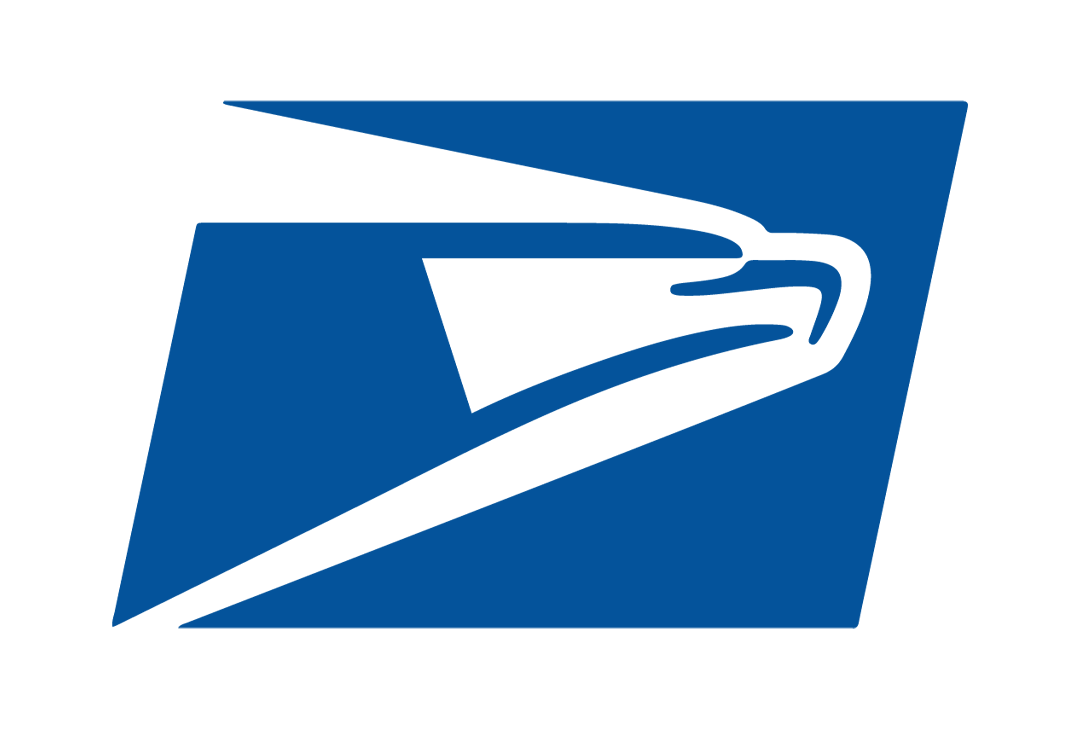Corgi
Corgi 1:72 Double Decker Tram 'National Garden Festival Gateshead 1990'

Corgi 1:72 Double Decker Tram 'National Garden Festival Gateshead 1990'
$29.95
Diecast metal with plastic parts
A tram (in North America streetcar or trolley) is a rail vehicle which runs on tramway tracks along public urban streets; some include segments of segregated right-of-way. The lines or networks operated by tramcars are called tramways. Historically the term electric street railways was also used in the United States. In the United States, the term tram has sometimes been used for rubber-tyred trackless trains, which are unrelated to other kinds of trams.
Tram vehicles are usually lighter and shorter than main line and rapid transit trains. Today, most trams use electrical power, usually fed by a pantograph sliding on an overhead line; older systems may use a trolley pole or a bow collector. In some cases by a contact shoe on a third rail is used. If necessary, they may have dual power systems—electricity in city streets, and diesel in more rural environments. Occasionally, trams also carry freight.
Trams are now commonly included in the wider term "light rail",which also includes grade-separated systems. Some trams, known as tram-trains, may have segments that run on mainline railway tracks, similar to interurban systems. The differences between these modes of rail transport are often indistinct, and a given system may combine multiple features.
One of the advantages over earlier forms of transit was the low rolling resistance of metal wheels on steel rails, allowing the trams to haul a greater load for a given effort. Problems included the fact that any given animal could only work so many hours on a given day, had to be housed, groomed, fed and cared for day in and day out, and produced prodigious amounts of manure, which the streetcar company was charged with disposing of. Electric trams largely replaced animal power in the late 19th and early 20th century. Improvements in other forms of road transport such as buses led to decline of trams in mid 20th century. Trams have seen resurgence in recent years
The Gateshead Garden Festival was the fourth of the United Kingdom's five National Garden Festivals. Held between May and October 1990, in Gateshead, Tyne and Wear, it lasted 157 days, and received over three million visitors. Attractions included public art displays, a Ferris wheel, and dance, music, theatre and sporting events. The site comprised four areas: Norwood, Riverside, Dunston and Eslington Park, and several modes of transport were provided around the site: a monorail which ran between Norwood and Eslington, a narrow gauge steam railway between Dunston and Redheugh, and a road train which covered the entire site. A ferry across the River Tyne, between Dunston Staithes and Newcastle Quayside, was also provided.
The festival site was created over a two-year period, on 200 acres (0.81 km2) of derelict land, previously the site of a gasworks, a coal depot and a coking plant. The cost of reclaiming and redeveloping the land was around £37 million. The Evening Chronicle reported: "Around 50,000 cubic metres of discarded coal and coke over 25 acres was removed and the area capped with layers of limestone. Nearly two million trees and shrubs and 1.2m bulbs were planted. Enough turf was laid to cover 1,000 domestic lawns and three tonnes of grass seed was sown. Five thousand previously unemployed people were trained for roles in the festival." After the festival ended, much of the site was replaced by housing.
Reflecting on the Festival's 25th anniversary in 2015, the Evening Chronicle noted: "It [is] also held to have kick started a process which resulted in the Baltic centre, Sage Gateshead and the Millennium Bridge"















